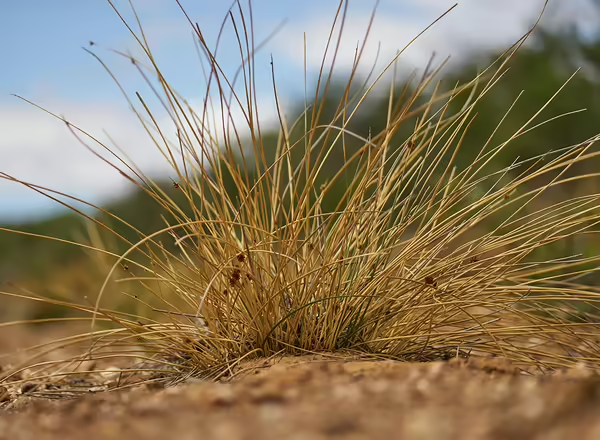Most woody plant foliage become limp, curl, wilt, go off color, plant cells furthest from the veins can turn brown and die (scorching) or any combination of these symptoms at first. The entire leaf may eventually die. In prolong severe droughts, the entire plant may die. Herbaceous plants (flowers, vegetables) may become limp, curl, wilt, scorch, and turn off color to brown and die or any combination. The entire plant may die.
Turf goes off color, then browns. Death of the turf can occur when the crown (growing point) dries out too much. Drought stress also affects the plants growth such as root depth, fewer and smaller leaves, and photosynthesis slows.

When plants are in a droughty state, the management is to provide the plants with water. If possible water before the obvious signs appears. Enough water is about 1 inch of surface water every 5 to 7 days depending on weather. Organic mulch between 2 to 4 inches deep lengthens the time between watering. Keep mulch at least two inches away from base of plant stems.
While woody plants do not wilt over like herbaceous plants, the symptoms are less obvious as already discussed and seen in the foliage. Repeated cycles of drought or extended periods of drought will cause root die-back, making the plant more prone to stress as the conditions continue. If possible water before the obvious signs appear.
In turf, when you see your footprint in the lawn, it is time to provide moisture. If you allow your lawn to go naturally dormant, apply enough water to maintain the viability of the crown and not bring the turf out of dormancy. Enough water is about 1/4 to 1/2 inch of surface water every three to four weeks depending on weather.